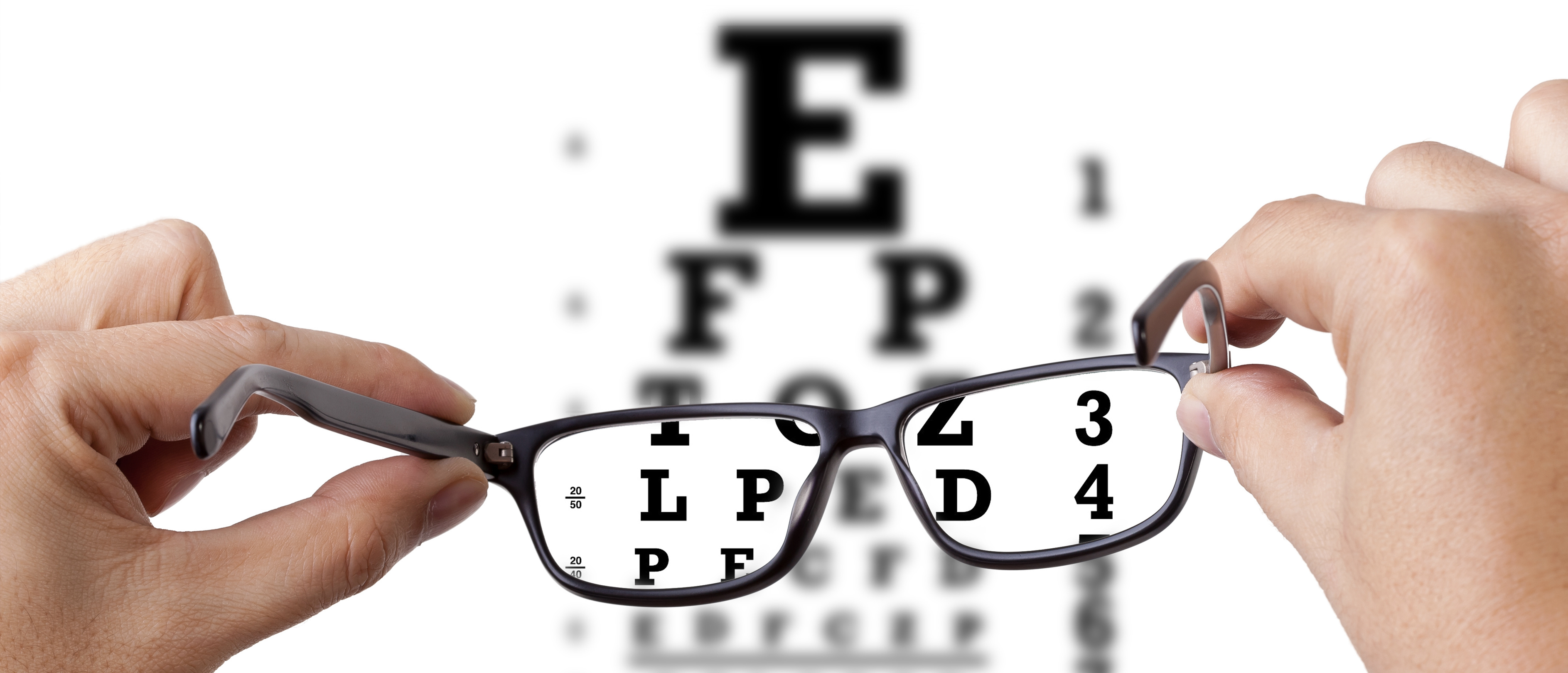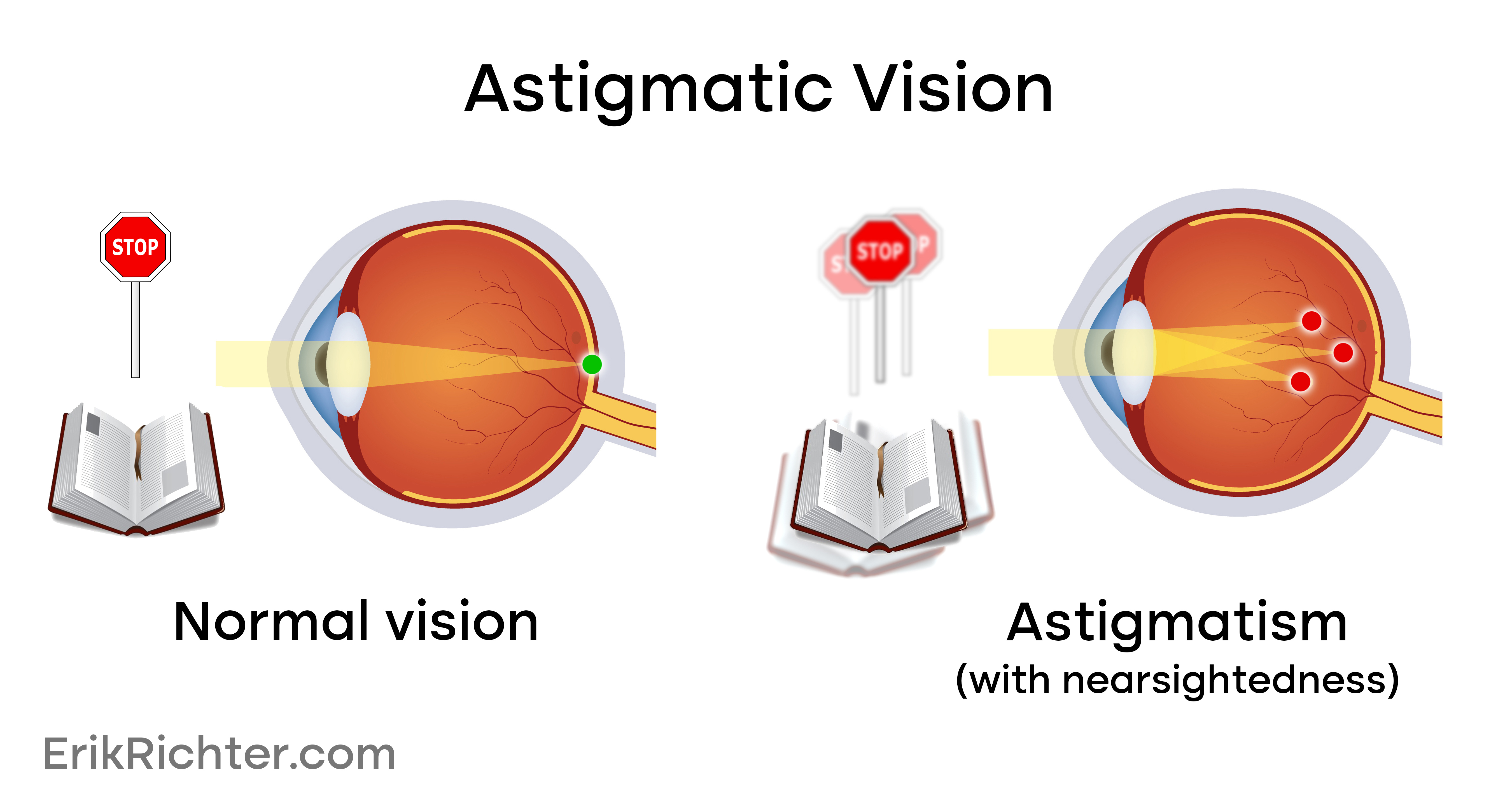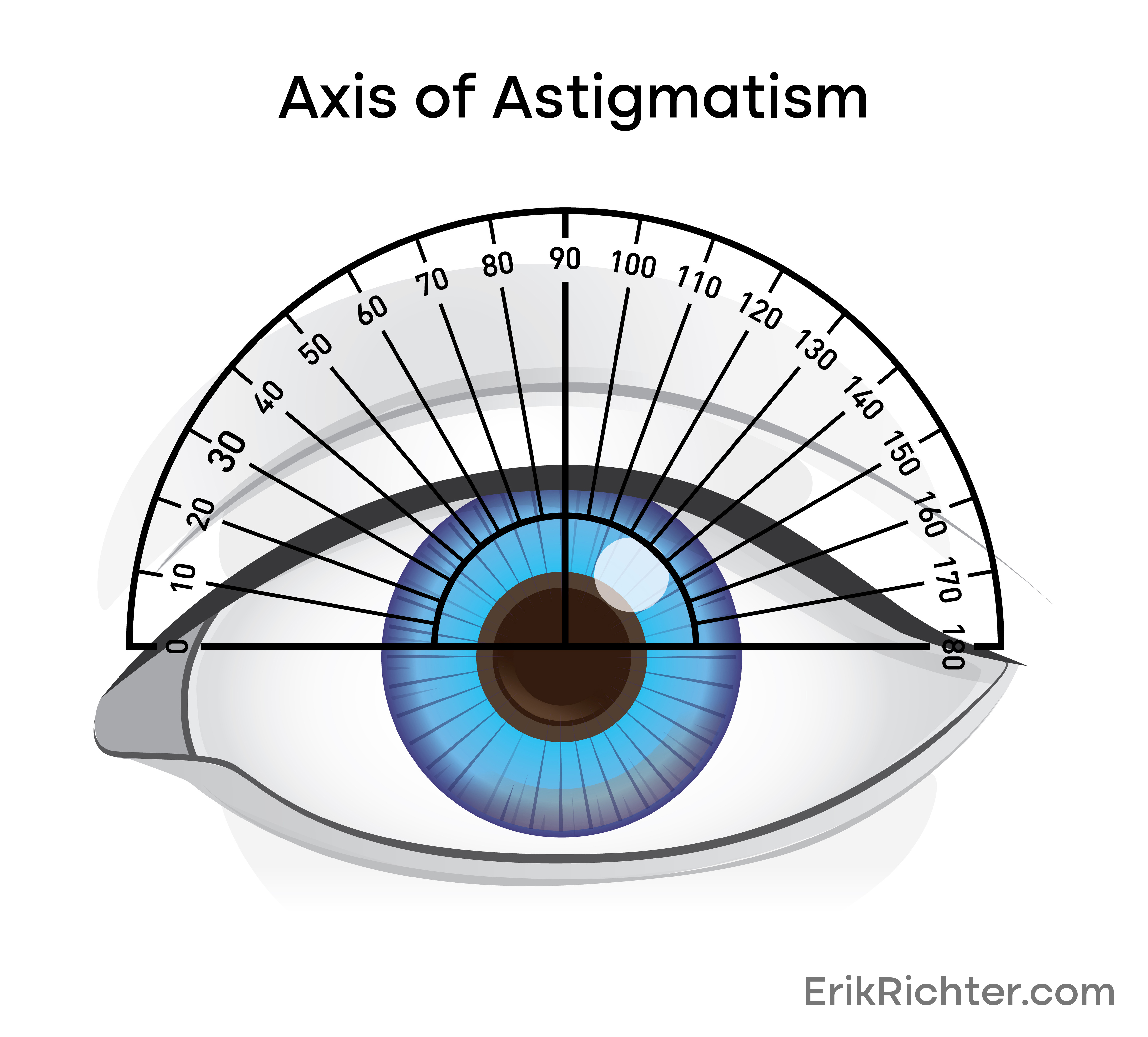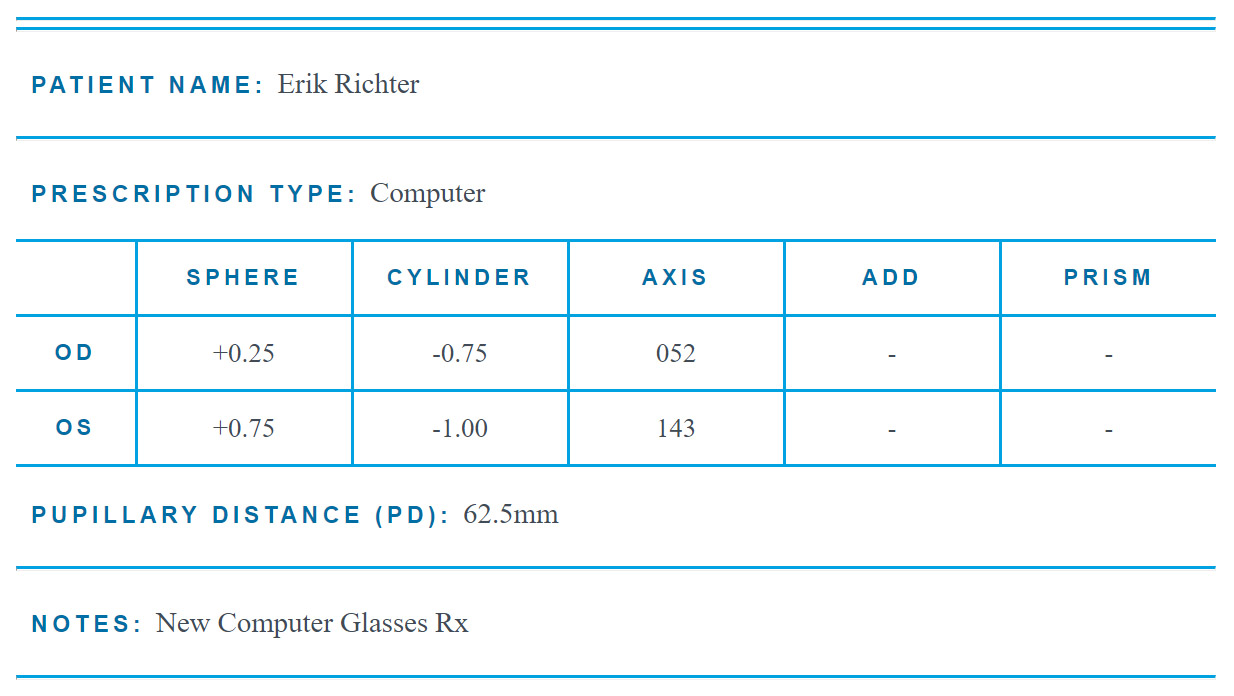Why Toddlers Are Basically Tiny Project Managers
I kept trying to patch the bugs, when really, the system was working as intended.
What the heck do all those numbers actually mean?

If you’ve ever peered at your vision prescription and felt like you were reading a geometry quiz you didn’t study for, you’re not alone.
There’s Sphere. Cylinder. Axis. Plus signs. Minus signs. Numbers like 52 and 143 just casually sitting there, as if your eyeballs have a compass setting. And don’t get me started on Pupillary Distance… Somehow that one sounds the most devious, like the government is tracking it.
But fear not. Let’s break it down in plain English. I didn't know what these meant, either, but did the research so you don't have to!
We’ll discuss what these numbers mean, how they relate to your eyes, and yes, how weird my own prescription is.
Before we dive into Sphere, Cylinder, and all those numbery things, let’s pause for a second. Because if you’re looking at your prescription and wondering why your eyes are labeled OD and OS, you’re not alone.
These are just fancy Latin abbreviations:
Yes, sinister. Like your left eye is plotting something. (It probably is.)
If you ever see OU, that means oculus uterque, or both eyes. Though honestly, they could’ve just said “right” and “left” like normal humans. But sure, Latin.
Okay, now that we’ve decoded the optometry Hogwarts terms, onto the numbers themselves…
This is the main lens power, aka how strong your prescription is to help you see clearly. It’s measured in diopters (D), and it tells your glasses how much to bend light before it enters your eye.

If you’re farsighted (lookin’ at you, plus sign in the Sphere column), your lenses will be convex, or curved outward like a magnifying glass. They help pull close-up stuff into focus by bending light inward, moving the focal point forward onto your retina, because your eyes need a little boost to zoom in.
If you’re nearsighted (rockin’ a minus sign), your lenses will be concave. That means they’re curved inward, with a dip in the middle—kind of like a cave. These lenses spread light outward slightly, pushing the focal point back onto your retina. Your eyes are basically zoomed in too much on their own, focusing too far in front.
Concave = lens caved in. Convex = lens bumped out.
One dips. One domes.

Great question. I had the same one when I was researching this! They do make things look bigger… but only when you’re holding something really close, like you would with a magnifying glass. That up-close magnification happens because the lens is bending the light in a way that makes your brain think the object is larger than it actually is... kind of like a trick of perspective.
But your glasses aren’t trying to make things look huge. They’re not here for drama. They’re using that same curved shape to nudge the light into the right place, helping your eyes focus better on nearby stuff that was previously blurry. So yeah, convex lenses can magnify, but in glasses, they’re just using their powers more responsibly.
Cylinder (CYL) tells you if you have astigmatism, which is just a fancy way of saying your eye isn’t perfectly round. Instead of being shaped like a basketball, it’s more like a football, curved more in one direction than the other. Because of that oblong-ed-ness, light doesn’t focus on a single point on your retina. It scatters, creating blurry or doubled vision, especially around edges. That’s why people with astigmatism often see ghosted images like a faint shadow trailing off whatever they’re looking at.

This number also uses diopters (again, the unit for lens power), and can be positive or negative, depending on whether your astigmatism affects your farsight or nearsight.
Here’s where it gets fun: cylinder doesn’t act alone. It brings a friend.
Axis is a number from 1 to 180 that tells your optometrist the orientation of the astigmatism correction. Imagine slicing your eye with an invisible protractor (yum). The axis is the line where no cylinder correction is applied. The correction kicks in at the line perpendicular to it—90 degrees away.
So if your axis is 90, the correction hits the 180 line.

Let’s say your axis is 52. The cylinder correction gets applied 90 degrees away—so you just add 90.
52 + 90 = 142. That means your correction is applied along the 142-degree meridian.
But what if your axis is something like 143?
You might be tempted to add 90 and say “okay, 233.” But not so fast. The axis only goes from 1 to 180, like a protractor. So once you hit 180, you circle back to 0.
Start with 143.
Figure out how far it is from 180. That’s 37 degrees away.
Then subtract that from 90: 90 – 37 = 53.
So the correction lands at 53 degrees.
Basically, if the math takes you over 180, you wrap around from zero and keep counting. Just think of the eye like a circle that resets after halfway.
Still weird? Yeah. But your glasses know what to do.
This is why your glasses aren’t just magnifiers. They’re precision-cut light redirectors. Think of it as laser-guided eyewear. For your astigmatic, non-spherical little eye-orbs.
Unlike the uniform lenses used for nearsightedness or farsightedness, astigmatism correction requires a more directional fix.
The lens itself is called a toric lens and is shaped kind of like a football or a donut slice, with different curves in different directions. It applies extra power along one specific angle to counteract the uneven curve of an astigmatic eye. That helps gather scattered light and bring it into a single, focused point, almost like ironing out a wrinkle in your vision so everything lines up cleanly again.
This one’s straightforward. PD is the distance between the centers of your pupils—usually somewhere between 54–74mm in adults.
It tells lens makers where to center the lenses so you’re looking through the correct part. Get it wrong, and you’ll feel like you’re walking through a funhouse mirror.

My eyeballs are farsighted, a bit uneven, and have astigmatism that doesn’t even point in the same direction. The lenses I wear are doing gymnastics, bending light with different strengths and angles for each eye, while also centering the focal sweet spot right where my pupils are.
Your prescription isn’t just a set of numbers. It’s a blueprint for how your eyes bend light, where they struggle, and how lenses can fix that. It's geometry, physics, and optics, all encoded into a handful of digits scribbled in optometrist hieroglyphics.
But now you know better.
So next time someone asks what your prescription means, feel free to say:
“Well, my sphere is +0.75 with a -1.00 cylinder at a 143 axis, so it’s really more of a diagonal hyperopic toric situation.”
And then just walk away.